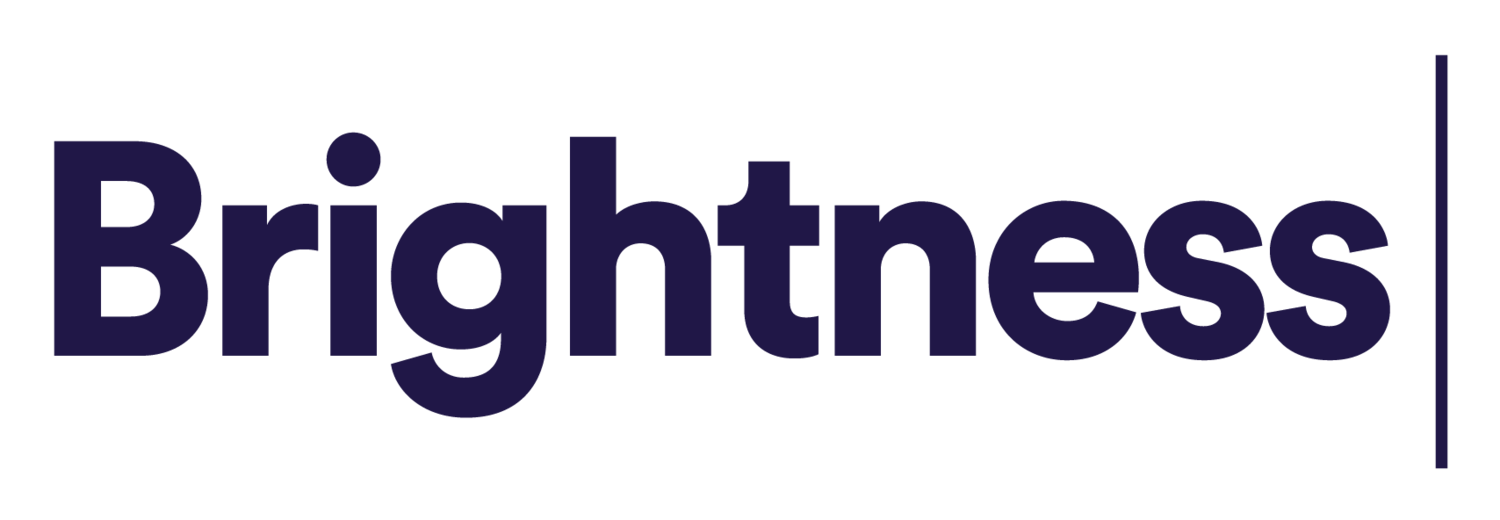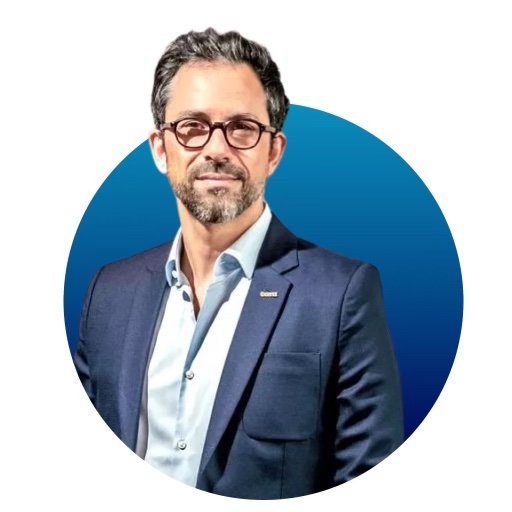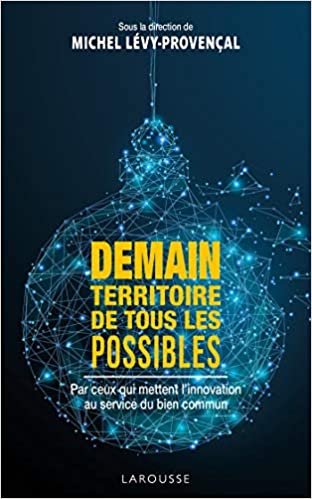Savoir naviguer dans l’incertitude, une compétence indispensable
Embrasser l’incertitude, réduire l’inattendu
Souvenez-vous, lorsque vous avez appris à conduire, on vous a enseigné l’anticipation des zones d'évolution. Vous avez su identifier les obstacles qui vous entourent en fonction de leurs vitesses d’évolution et appris à prévoir un champ des possibles. Vous avez également compris que l'accident survient faute de ne pas avoir anticipé un obstacle ou mal jugé sa vitesse et de se laisser surprendre par l’inattendu. Dans la vie d’une organisation, quelquesoit sa nature et sa taille, comme sur la route, réduire l’inattendu consiste à faire un inventaire le plus large des phénomènes influençant son environnement, à prendre conscience de leur réelle vitesse d’évolution et à identifier les grands "invariants" qui structurent le paysage. De ces données, découlent alors des actions et des trajectoires multiples. Cette démarche mène à une pratique indispensable en période de grande incertitude.
Les 3 options face à une situation inattendue
Ne rien faire
Est-ce vraiment une option ? Non, l'attentisme est souvent la pire approche en cas de crise.
Les enjeux sont trop importants et les conséquences à court, moyen et long terme en temps de crise sont souvent trop graves pour ne pas les prendre en compte le plus tôt possible.
Se préparer au pire
Nombreux sont ceux qui considèrent la gestion des risques comme la meilleure protection. Ils identifient les actions à mener dans le cas du pire des scénarios en espérant une amélioration de la situation. Si cette approche peut être séduisante, en particulier dans les entreprises qui ont une aversion au risque, ce conservatisme peut conduire à des mesures draconiennes, qui pourraient empêcher l'organisation d'être compétitive lors d'une amélioration des conditions de marché et ainsi empêcher de saisir les opportunités qui se présenteront.
Se concentrer sur un seul et unique scénario catastrophe n'est pas une bonne réponse.
Se préparer à différents scénarios futurs
Il est impossible de prédire l'issue unique d'une situation, et encore moins des situations de crise comme le 11 septembre, la crise financière de 2008 ou celle du COVID-19. Par conséquent, la solution optimale consiste à être en mesure d'exécuter et de suivre l'évolution de plusieurs scénarios complexes en même temps. La méthodologie de "Scenario Planning" consiste à projeter l'organisation dans un futur plus ou moins lointain, identifier les possibles environnements dans lesquelles elle pourrait se trouver, en travaillant sur les invariants, les grandes tendances et les signaux faibles pour identifier, les risques et opportunités auxquels elle peut se préparer dès aujourd'hui.
La démarche que suivent les grands innovateurs.
S'appuyer sur les grands "invariants"
S'appuyer sur les grands "invariants" est toujours une bonne approche pour anticiper les futurs possibles. Par exemple, en ce qui concerne le commerce de détail : le prix, la sélection, la livraison et la découverte ont toujours été plébiscités par les clients.
Embrasser la vitesse à laquelle les changements transforment le marché
Apprendre par la pratique et accepter les erreurs rapides qui vous permettent d'apprendre et de converger à mesure que l'avenir se dessine. Cela signifie qu'il faut envisager des initiatives pour les 6 à 12 mois à venir, d'apprendre, progresser et s'adapter à mesure que le changement émerge.
Ne pas utiliser les plans stratégiques comme une couverture de sécurité contre l'incertitude.
Construire des versions possibles de l'avenir à 5 - 10 ans permet d'anticiper au fur et à mesure les vagues potentielles de disruption. Même si le plan initial est toujours erroné à tous égards, il permet d'avancer et de commencer à apprendre en cours d'exécution. Préférer la paralysie de la planification qui permet d'éviter les erreurs est souvent ce qui condamne les grandes entreprises à subir les disruptions provoquées par les acteurs plus agiles.
Découvrez le programme de formation au management dans l’incertitude de Brightness
Scenario Planning et itérations génératives
L'approche méthodologique que nous vous proposons dans ce programme consiste à commencer par la finalité plutôt que par l'extrapolation vers l'avenir. Il s'agit d'un mode de pensée qui permet de comprendre pourquoi les choses se produisent. La compréhension conduit à des prédictions sur ce que nous pouvons nous attendre à voir se produire à l'avenir et, surtout, sur la façon dont vous pouvez exercer un certain contrôle sur cet avenir. La valeur de cette méthodologie réside dans la rapidité avec laquelle vous pouvez générer des alternatives exploitables à votre pensée actuelle.
Elle s'appuie sur des compétences clés :
détecter des signaux faibles et des tendances
reconnaitre les modèles d'évolution des tendances (lois et patterns)
créer des récits et de décrire des versions possibles de l'avenir
construire de nouvelles solutions et de nouveaux modèles commerciaux pour y faire face
convaincre pour engager autour des projets qui en découlent
Vous couvrirez un large éventail de thèmes, notamment :
Que pouvons-nous influencer au sein d'une organisation et qu'est-ce qui influencera le plus le succès à l'avenir ?
Comment identifier les signaux faibles, les tendances et construire les scénarios ?
Quels sont les rapports entre les scénarios et les prévisions ?
Qui fait quoi dans la pratique des scénarios ?
Comment utiliser les scenarios pour construire des solutions
Comment faire évoluer la stratégie par une approche agile et itérative
Cible
Directions générales
Managers
Équipe stratégiques
Directions de l’innovation
Un programme conçu par Michel Levy Provençal
Après avoir créé TEDxParis, la première conférence TEDx en Europe en 2009, Michel Levy Provençal consacre aujourd’hui son temps au développement de l’agence Brightness. Il intervient auprès d’entreprises et d’acteurs publics en délivrant des conférences et en accompagnant leurs dirigeants. Il enseigne à SciencesPo et a publié trois ouvrages méthodologiques et de prospective depuis 2017. Il écrit également des chroniques régulières dans Les Echos. Il est reconnu comme une des voix qui compte dans l’écosystème d’innovation hexagonale.
Les podcasts Brightness
Naviguer en temps d’incertitude
Les chapitres :
The Gray Rhino : ne sous-estimez pas l’évidence.
Comprendre les biais cognitifs en pleine crise du coronavirus.
Comment agir contre les Fake News ?
Les collapsologues ont-ils gagné ?
Quels scénarii de crises géopolitiques plausibles à court terme ?
Un Blackout Internet est-il un scénario plausible à court terme ?
La fiction peut-elle aider à anticiper le futur ?
La boucle OODA : la méthodologie des militaires au service du management de l’incertitude ?
Qu'est ce que le sensemaking ?
Comment notre cerveau anticipe les prochaines crises ?






